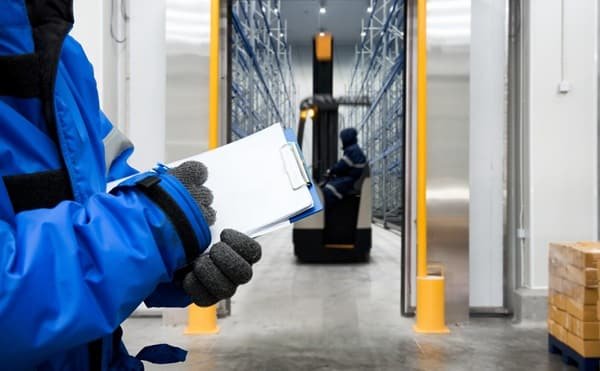Most of us go through life trusting that the spaces we live, work, and interact in are safe. Whether it’s a care home, a workplace, or simply crossing the street, we assume that the systems around us are designed to protect our wellbeing. But what happens when that safety is compromised—and someone ends up hurt, vulnerable, or at risk?
When people fail to uphold their responsibilities, the consequences can be more than just inconvenient. They can be life-altering. From physical injuries to emotional trauma, these breaches of safety often leave victims unsure of where to turn or how to respond.

In some cases, particularly those involving older Australians, the harm can be both hidden and ongoing. That’s why it’s vital to understand the legal protections in place and the support systems available—including resources like help for elder abuse victims in Santa Rosa, which connect people with the right legal and community support quickly.
Recognising When a Breach Has Occurred
A breach of safety doesn’t always mean something dramatic or obvious. In many instances, it looks like:
- A carer repeatedly neglecting basic duties
- A landlord failing to fix a known hazard
- A staff member at a facility using threatening or coercive language
- Someone being put in danger because others didn’t follow established safety rules
The key question is whether someone had a responsibility to keep others safe—and failed in that responsibility in a way that led to harm.
The Role of the Law in Addressing Neglect and Abuse
When safety fails and people are harmed, the legal system provides a structured way to respond. This might include:
- Civil claims: For compensation to cover medical expenses, loss of income, or emotional distress
- Protective orders: To keep individuals away from those at risk
- Criminal charges: In cases involving physical assault, fraud, or severe neglect
- Regulatory action: Where facilities or service providers are held to account by oversight bodies
Legal action isn’t just about punishment — it’s about setting things right, supporting recovery, and helping ensure others don’t suffer the same fate.
What to Do If You Suspect Someone Is at Risk
It’s not always the person affected who speaks up — sometimes it’s a friend, neighbour, or even a stranger who notices something isn’t quite right. If you’re concerned, here’s what you can do:
- Document what you’ve seen or heard – This could include times, dates, and specific interactions.
- Reach out to trusted community services or advocacy groups – They can guide you on the next steps and confirm if legal action may be necessary.
- Don’t confront the situation alone if it seems unsafe – Especially when dealing with potential abuse, it’s safer to involve professionals early on.
Many regions have reporting hotlines and anonymous support services. You don’t need to be sure something is illegal to raise a concern — and doing so can make a real difference.
Why Legal Protection Matters More for the Vulnerable
When the person affected is elderly, disabled, or otherwise dependent on others, safety breaches can carry additional risks:
- They’re less likely to report incidents, either out of fear or because they don’t realise they have legal rights
- They may not have access to the same support networks as others
- Repeated harm can go unnoticed for longer periods
That’s why many laws in Australia and around the world include specific protections for vulnerable people, placing a higher standard of care on those responsible for them.
A System Designed for Accountability and Support
While no legal system is perfect, the core aim of these protections is to ensure people are treated with dignity and care. And when something goes wrong, that system can:
- Offer financial and emotional recovery
- Remove individuals from unsafe environments
- Prompt reforms within organisations or care systems
- Send a strong message that mistreatment won’t be tolerated
Support doesn’t always have to begin in a courtroom. Sometimes, a conversation with a legal advisor, a community service provider, or even a helpline is enough to set the wheels in motion.
When safety is breached, it shakes our trust — not just in individuals, but in the systems meant to keep us safe. But with the right knowledge, support, and action, it’s possible to hold the right people accountable and help victims move toward healing. Because safety shouldn’t be a luxury — it’s something every person deserves, every single day.

Our dedicated team gathers information from all the reliable sources to make the law accessible and understandable for everyone. We provide the latest legal news stories from across the country, delivered straight to you.
